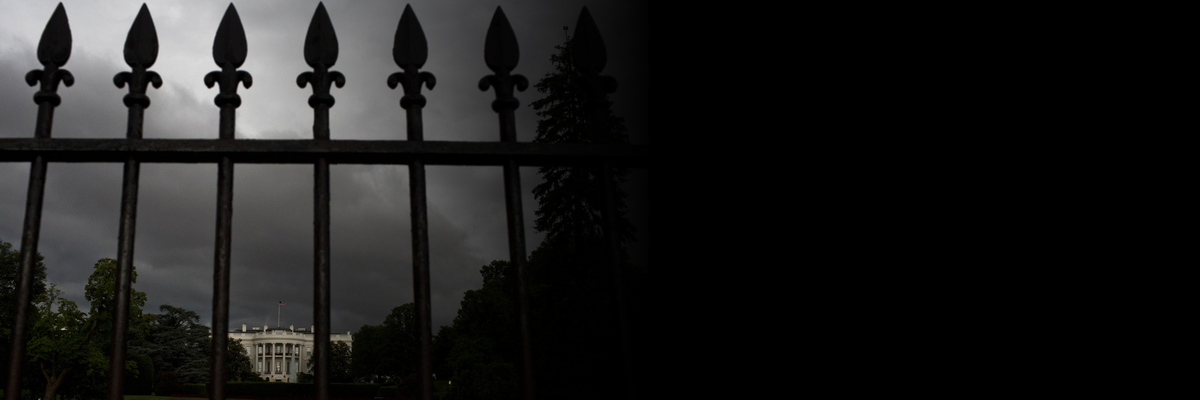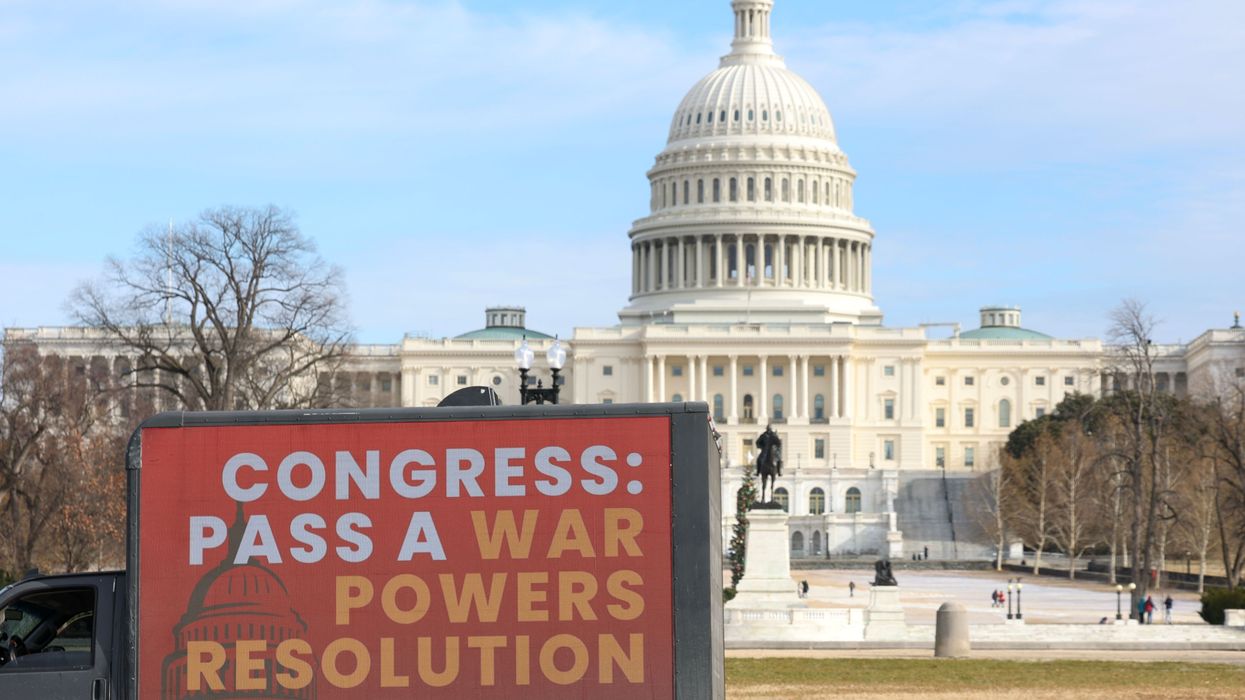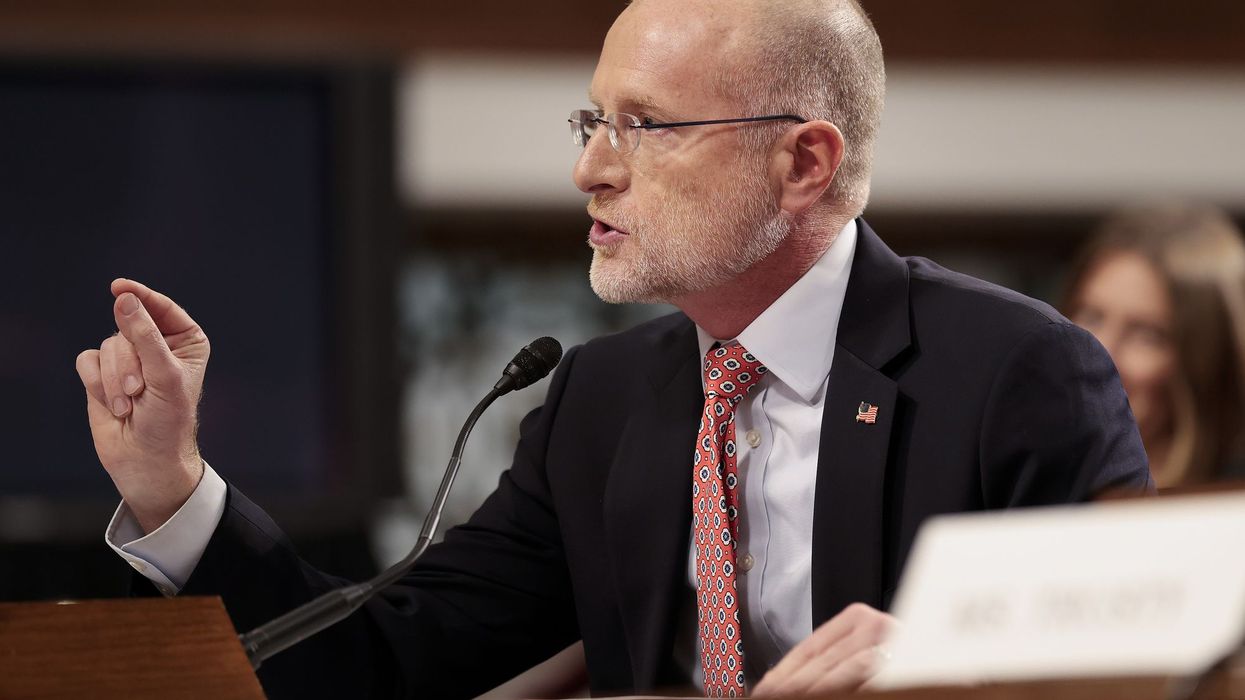In an explosive document kept secret for a year, a former federal inspector charges that the Diablo Canyon nuclear power plant in California is more vulnerable to earthquakes than initially known and should be shut down until Pacific Gas & Electric Co. can prove its safety.
The Associated Press reported today that Dr. Michael Peck, the Nuclear Regulatory Commission's former senior resident inspector at Diablo Canyon, in July of 2013, filed an extraordinary and sharp dissent over the agency's decision to let the plant's twin reactors keep running despite the failure of both PG&E and the NRC to conduct a rigorous safety analysis and take action to address newly identified seismic risks. Diablo Canyon sits on the central California coast, near San Luis Obispo, in close proximity to faults that seismic studies show could trigger an earthquake stronger than the reactors and internal equipment were built to withstand.
Peck asked that his dissent, known as a Differing Professional Opinion, be made public, but the agency has not released it. Despite the agency's requirement that Differing Professional Opinions are to be ruled on within 120 days of filing, the NRC has not ruled on the opinion. Friends of the Earth has posted the document on our website at: www.foe.org/diablo.
"Inspector Peck is the canary in the coal mine, warning us of a possible catastrophe at Diablo Canyon before it's too late," said Damon Moglen, Senior strategic advisor at Friends of the Earth. "We agree with him that Diablo Canyon is vulnerable to earthquakes and must be shut down immediately. Rather than the NRC keeping this a secret, there must be a thorough investigation with public hearings to determine whether these reactors can operate safely."
In his dissent, Peck says that since the 1960-era reactors were built, new information that has emerged about the severity of potential earthquakes means it is operating "outside the bounds of the existing Diablo Canyon design basis and safety analysis" -- in other words, in violation of its federal license.
"Continued reactor operation...challenges the presumption of nuclear safety," Peck asserted. "The reactors should remain shut down pending demonstration that...safety functions can be met at the higher seismic stress levels."
"Given the overwhelming risk of earthquakes," Moglen said, "federal and state authorities would never allow nuclear reactors to be built on this site now. Are PG&E and the NRC putting the utility's profits before the health and safety of millions of Californians?"
In the document, Peck says he first raised these issues in September 2010 but was repeatedly rebuffed by his superiors at the NRC. In January 2012, he detailed his objections in a document known as a non-concurrence report. That critique was made public, but the Differing Professional Opinion is a far more substantive and critical analysis -- the ultimate dissenting action an NRC safety inspector can take when disagreeing with his superiors.
Diablo Canyon's seismic safety has been a point of concern since construction at the site started in 1968. These concerns were verified in the aftermath of Fukushima when in their own 2011 report, the NRC ranked the Diablo Canyon reactors as the most likely in the nation to be hit by an earthquake stronger than they were designed to withstand.
Diablo Canyon is surrounded by seismic activity. The San Andreas Fault is about 45 miles inland and the smaller Rinconada Fault is about 20 miles away. In 1971, oil company geologists published a paper revealing a previously unknown, major fault line, the Hosgri, about 3.5 miles offshore of the plant site, forcing PG&E to conduct a long, costly and controversial retrofit of the unfinished reactors. Despite massive public opposition, the NRC granted permission for the reactors to start up in 1984-85.
In 2008 PG&E informed the NRC of the discovery of yet another fault, the Shoreline, less than 1,000 feet from the intake structure where water to cool the reactors is drawn from the Pacific Ocean. According to the utility's own analysis, the Shoreline fault, along with two smaller faults, San Luis Bay and the Los Osos, which also flank the plant, could all trigger earthquakes generating ground motion beyond that for which the reactors and their equipment have been tested.




